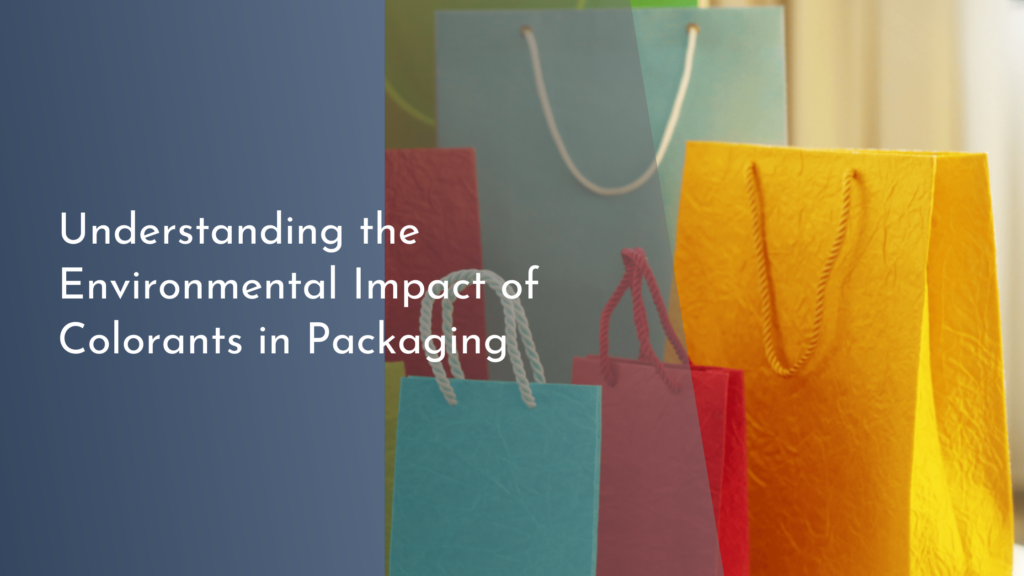Exploring biodegradable options for outdoor playground flooring
With an increasing focus on sustainability and environmental conservation, playgrounds are undergoing a transformation in the materials used for surfacing. Biodegradable options for outdoor playground flooring are gaining traction among landscape architects, schools, and parents eager to create safe and eco-friendly play spaces for children. These innovative materials not only provide safe play areas for kids but also contribute positively to the environment, making them a win-win solution for communities.
As we explore the world of biodegradable playground flooring, we will look into the benefits, the top eco-friendly materials available, how these surfaces enhance the playtime experience, and provide tips for making a successful switch to sustainable playground design.
Discovering the Benefits of Biodegradable Playground Flooring
One of the most significant benefits of biodegradable playground flooring is its environmental impact. Traditional playground surfaces, such as rubber and synthetic materials, often contribute to landfill waste and can contain harmful chemicals. In contrast, biodegradable options break down naturally over time, reducing their environmental footprint. By opting for these materials, communities can promote a healthier ecosystem, supporting the idea of restorative play areas that serve as an integral part of nature rather than detracting from it.
Moreover, biodegradable playground flooring often provides excellent safety features for children. These materials can offer cushioning to help prevent injuries from falls, making playtime safer and more enjoyable. Many biodegradable options are also designed to be non-toxic, ensuring that children can play freely without exposure to harmful substances. This safety aspect, combined with the environmental benefits, makes these surfaces an attractive choice for modern playgrounds.
Top Eco-Friendly Materials for Outdoor Play Areas
Several eco-friendly materials are leading the charge in the realm of biodegradable playground flooring. One popular option is cork, a natural material harvested from the bark of cork oak trees. Cork is not only lightweight and durable but also has excellent shock-absorbing qualities, providing a safe landing for little adventurers. Additionally, cork is naturally resistant to mold and mildew, making it a smart choice for outdoor settings where moisture can be a concern.
Another innovative choice is recycled wood fiber, which is often sourced from sustainably managed forests. This material offers a soft and cushioned surface, perfect for play areas. It can be seamlessly integrated with other natural elements in a playground design, promoting a cohesive and organic look. These materials not only prioritize safety and comfort for children but also reflect a commitment to sustainable practices and responsible resource use.
How Biodegradable Flooring Enhances Playtime Experience
A well-designed playground floor can significantly enhance the overall play experience for children. Biodegradable surfaces create a more natural play environment, allowing kids to connect with nature while engaging in physical activities. The pleasant aesthetics of materials like cork and wood fiber can inspire imaginative play, encouraging children to explore their surroundings and invent games that utilize the unique features of their playground.
Moreover, the temperature regulation of biodegradable materials, such as wood fiber, helps create a comfortable play area even on hot days. Unlike plastic or rubber surfaces, which can become uncomfortably hot, biodegradable options maintain a cooler temperature, ensuring that children can play outside for longer periods without discomfort. This balance of safety, comfort, and environmental mindfulness greatly enriches the childhood play experience, allowing kids to thrive in a nurturing and engaging atmosphere.
Making the Switch: Tips for Sustainable Playground Design
Transitioning to biodegradable playground flooring can seem daunting, but with the right approach, the process can be both straightforward and rewarding. First, involve stakeholders such as parents, educators, and local community members in the decision-making process. Their insights can help identify the specific needs and preferences of the community, ensuring that the new flooring material meets everyone’s expectations.
Additionally, consider working with experienced playground designers and contractors who specialize in sustainable materials. They can provide valuable advice on the best biodegradable options for your specific playground environment and help with installation to ensure safety and durability. Lastly, prioritize ongoing maintenance to keep the playground in top shape while contributing to its longevity and performance. With careful planning and collaboration, making the switch to biodegradable flooring can create a thriving outdoor play space that benefits both children and the planet.
In conclusion, exploring biodegradable options for outdoor playground flooring not only enhances children’s play experiences but also aligns with sustainable practices that benefit our environment. By investing in eco-friendly materials, communities can create safe, engaging, and beautiful play spaces that inspire creativity and connection with nature. As we embrace these innovative solutions, we pave the way for future generations to enjoy outdoor play while cultivating a healthier planet. So, let’s take that exciting leap toward sustainability and reimagine our playgrounds for a greener tomorrow!


